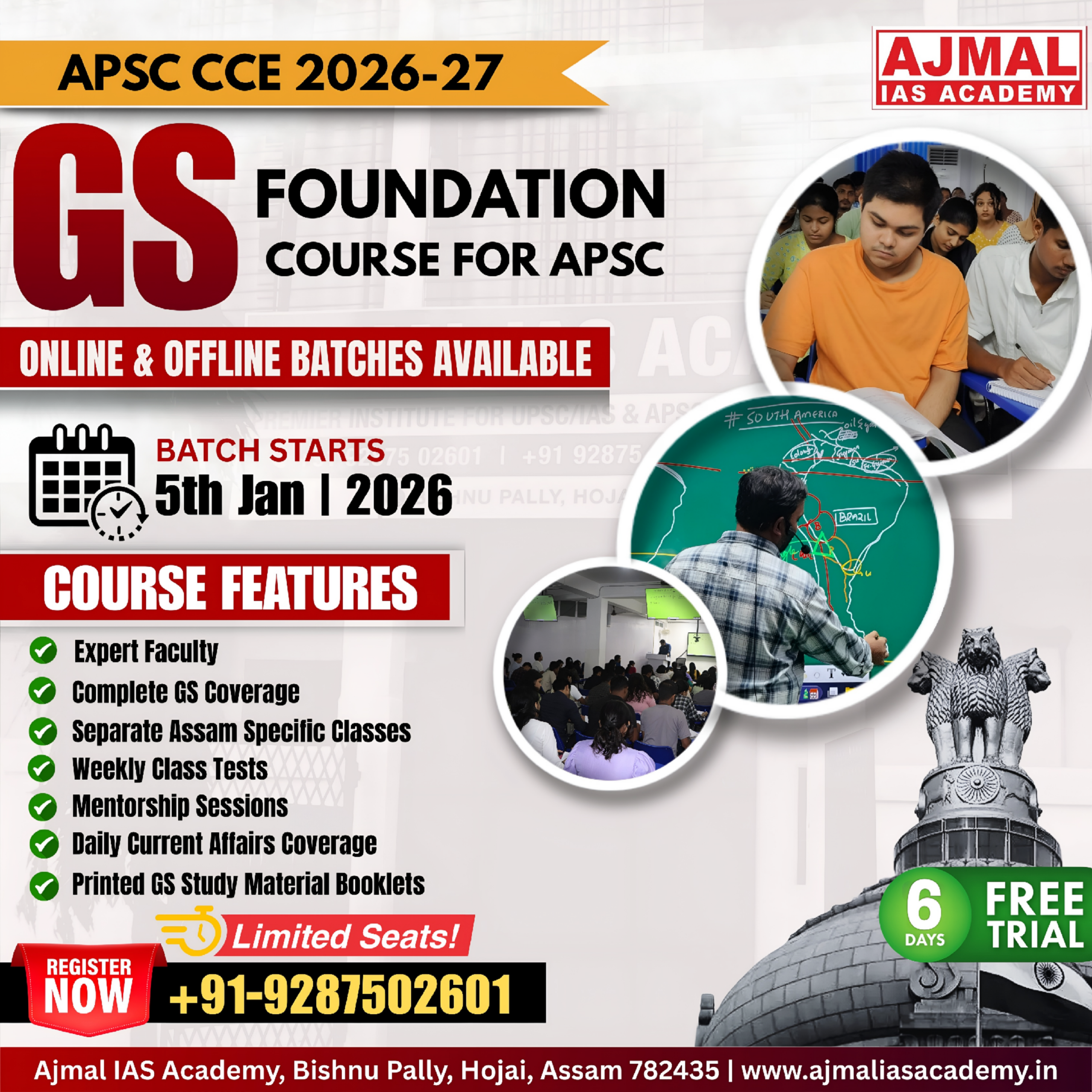Relevance: UPSC GS-II (Polity & Governance—Language policy), GS-I (Culture—Indian languages)
What’s the news?
The Union Government has expanded India’s Classical Language list: in October 2024, Marathi, Pali, Prakrit, Assamese, and Bengali were approved for classical status, taking the tally to 11 languages as of October 2025 (earlier: Tamil, Sanskrit, Kannada, Telugu, Malayalam, Odia).
Why it matters
- Cultural identity & scholarship: Classical status formally recognises high antiquity, rich classical literature, and distinct historical stages, strengthening research, pedagogy, and preservation.
- Institutional support: The status triggers funding, academic chairs, centres of excellence, manuscript digitisation, and translations, widening access for learners and scholars.
What makes a language “Classical”
- Antiquity: Early texts/recorded history typically 1,500–2,000 years old.
- Heritage corpus: A substantial body of ancient literature valued across generations.
- Breadth of texts: Poetry, prose, inscriptions, knowledge texts (not just one genre).
- Historical distinctness: A recognisable gap or discontinuity between classical and modern forms.
Constitutional backdrop
- Eighth Schedule (read with Articles 344(1) and 351) lists India’s scheduled languages and guides language development policy.
- Article 29 protects cultural and linguistic rights.
- Article 347 allows recognition of a language for a state’s administrative purposes when a substantial population demands it.
- Article 350A urges primary education in the child’s mother tongue; Article 350B provides a Special Officer for Linguistic Minorities.
(Note: “Classical Language” status itself is a Government policy category, not a separate constitutional category.)
The new additions
- Marathi: Roots from Maharastri Prakrit/Apabhramsa; inscriptional and literary continuity with a deep devotional and philosophical tradition.
- Pali: Canonical language of the vast Buddhist corpus (Tipitaka) and vital to reconstructing ancient Indian history.
- Prakrit: A family of Middle Indo-Aryan languages foundational to many modern tongues; extensive inscriptions and dramatic/poetic traditions.
- Assamese: Classical footprints from Charyapadas onward; long regional literary evolution.
- Bengali: Rich arc from Charyapada to the nineteenth-century renaissance and nationalist literature; a modern literary powerhouse.
Existing Institutions for Promotion
- CIIL, Mysuru (MoE): Leads promotion, research, digitisation, documentation, publication, translation; builds open archives and audio-visual documentation.
- Specialised centres: e.g., Central Institute of Classical Tamil and Centres of Excellence in Classical Kannada, Telugu, Malayalam, Odia—for research, courses, and international chairs.
- University ecosystem: Central Sanskrit Universities and grants to Adarsh Sanskrit Mahavidyalayas/Shodha Sansthans deepen scholarship and training.
Government Efforts to promote such languages
- Curriculum & access: More textbooks, translations, and courses at school/college level—link to Article 350A (mother-tongue schooling).
- Digital public goods: Open corpora, searchable catalogues, bilingual editions to widen access.
- Regional equity: Ensure new classical languages get centres/chairs and budgets on par with earlier six; align with Article 29 (cultural/linguistic rights).
- Administrative use: Where communities seek broader use, states can explore Article 347 pathways consistent with capacity and demand.
Important terms
- Classical Language (India): Government recognition based on antiquity, corpus, distinctness; unlocks targeted funding and institutions.
- CIIL: Central Institute of Indian Languages—national hub for language research, training, and preservation.
- Manuscript digitisation: Scanning/cataloguing old palm-leaf/paper texts to preserve and share them.
- Epigraphy: Study of inscriptions—key for dating, scripts, polity, and language change.
- Classical-modern discontinuity: Significant structural/lexical gap between the classical and current form.
Exam hook
Define Classical Language → cite Government criteria → illustrate with 2024 additions → map the institutional ecosystem (CIIL, centres, universities) → weave in constitutional anchors (Arts. 29, 347, 350A, 350B; Eighth Schedule with 344(1), 351) → end with access, digitisation, equity agenda.
Key takeaways
- India now counts 11 Classical Languages after the 2024 expansion.
- Criteria emphasise antiquity, heritage corpus, and distinctness—not mere popularity.
- Institutions (CIIL, specialised centres, universities) plus constitutional support for linguistic communities can turn status into real access.
UPSC Mains question
How does conferring “Classical Language” status reshape India’s language policy? Discuss Government criteria, institutional architecture, and how constitutional provisions (Arts. 29, 347, 350A-B; Eighth Schedule with Arts. 344(1), 351) enable equitable access.
One-line wrap
Classical status honours the past—steady funding, digitisation, and constitutional sensitivity can keep these languages alive for the future.
Share This Story, Choose Your Platform!
Start Yours at Ajmal IAS – with Mentorship StrategyDisciplineClarityResults that Drives Success
Your dream deserves this moment — begin it here.


